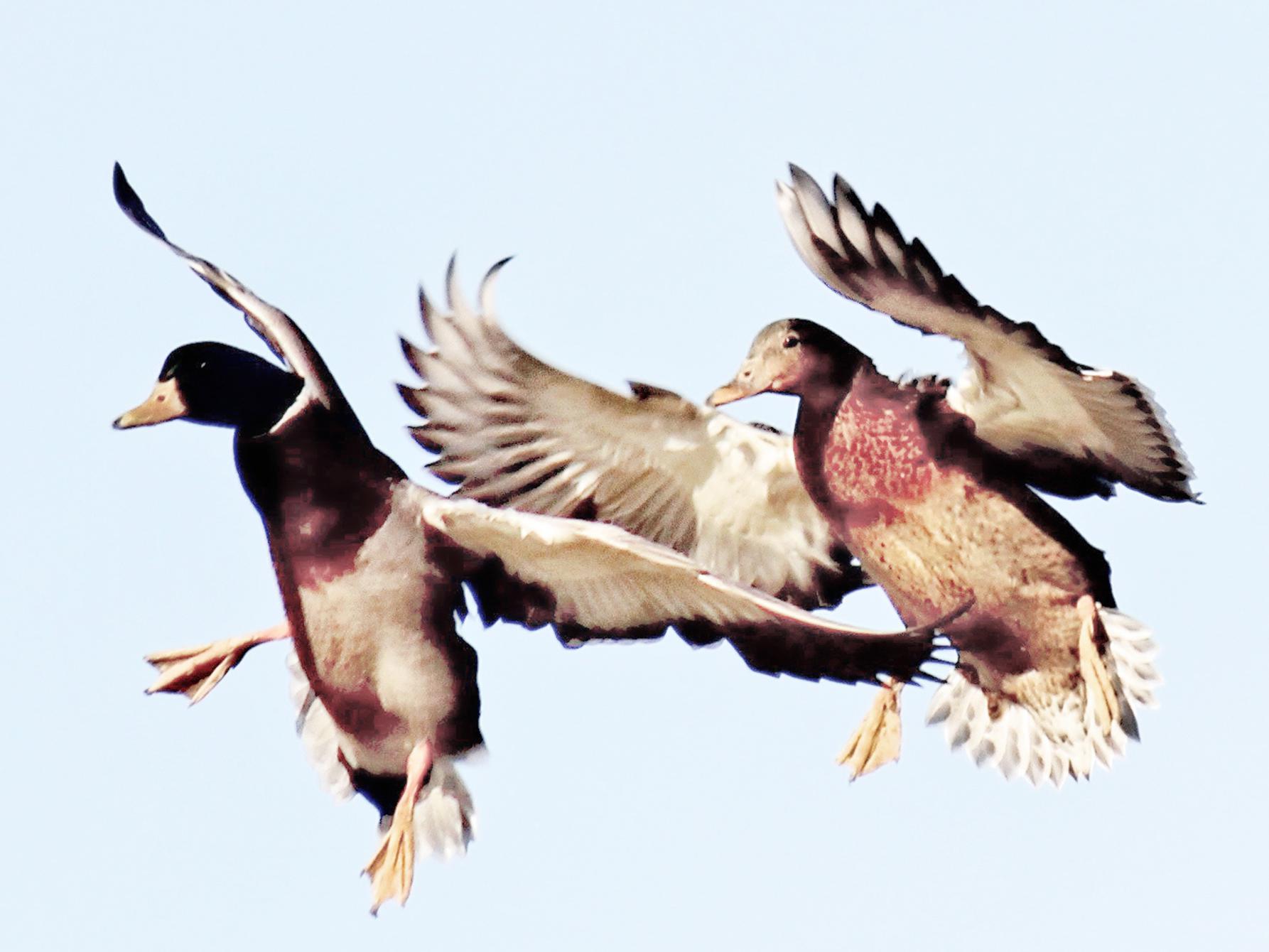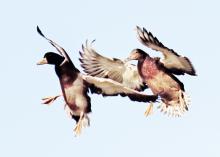Information Possibly Outdated
The information presented on this page was originally released on January 6, 2017. It may not be outdated, but please search our site for more current information. If you plan to quote or reference this information in a publication, please check with the Extension specialist or author before proceeding.
Winter blasts drive waterfowl South
STARKVILLE, Miss. -- Every waterfowl hunter anticipates the cooperation of winter weather to turn the skies black with incoming ducks and geese as migratory journeys deliver the birds to decoy-laden waters in the South.
Southern hunters frequently watch the forecast in hopes that winter weather up North will finally have the ducks packing up and heading our way.
Waterfowl migrate to survive. Like all wildlife, waterfowl have two primary goals in life: to survive and to reproduce. And reproduction depends on survival.
Over time, waterfowl have developed behaviors that enable them to react to environmental conditions in ways that promote survival. One of the most common behaviors is the fall migration. Waterfowl migrate south when harsh winter weather arrives up North. As winter weather brings cold and ice, reducing food availability, waterfowl will leave to find suitable habitat and resources elsewhere.
Waterfowl may remain in these areas until they are no longer suitable or until winter weather pushes them further south. Most North American waterfowl species embark on the stressful migrations each fall. They leave breeding grounds and fly to wintering grounds, often thousands of miles away.
The journey south is not a spur-of-the-moment kind of trip. They prepare. Though the migratory process is not completely understood, it is reasonable to believe that a driving factor is the proportion of daylight to darkness within a 24-hour period.
Changes in daylight length can trigger many different internal mechanisms within waterfowl, including the impulse to prepare their bodies for migration. Once triggered, waterfowl will feel the need to eat to fatten up, store energy and prepare muscles for fall migration. The birds can also become restless in anticipation of the migration. Internal physiological cues, along with external environmental cues, allow waterfowl to stay ahead of harsh winter weather.
Understanding the intensity of fall migration and the preparation that goes into it may not relieve waterfowl hunters of sleepless nights or weather obsessions. However, it does allow us to further appreciate Mother Nature and these magnificent birds. As conservationists, we can show our appreciation by doing our best to ensure waterfowl have suitable habitat available to them throughout their great migration. Conserving this habitat will ensure that we can enjoy waterfowl hunting for many generations to come.
Simply buying a duck stamp or joining a conservation organization helps ensure waterfowl have habitat from the breeding grounds up North to the wintering grounds in the South. From moist soil impoundments to old beaver sloughs and flooded timber, I hope your ducks always have a place to put their feet down.

Editor’s Note: Extension Outdoors is a column authored by several different experts in the Mississippi State University Extension Service.








